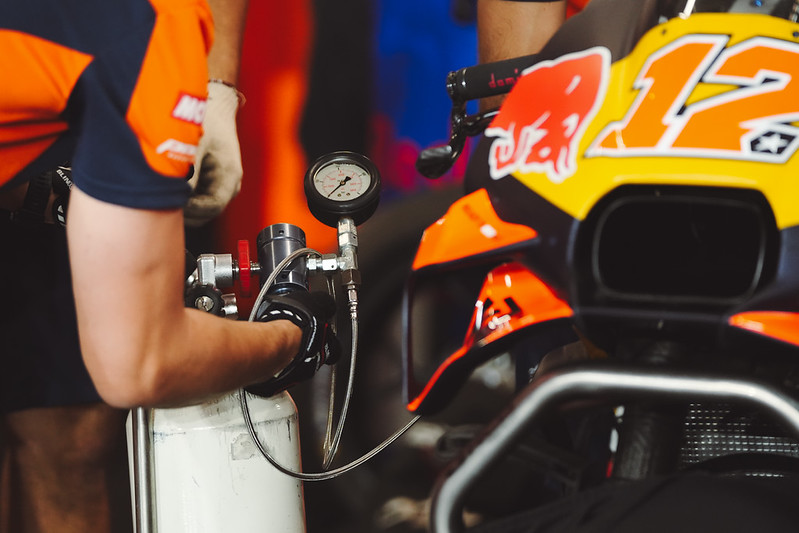When MotoGP fans watch a race, they want to know that what they are watching is a fair contest, with all of the riders starting on bikes which comply with the same set of rules. The problem is, of course, that as the rule book gets thicker and more complicated, the opportunities for cheating multiply. And that, in turn, complicates the work of the scrutineers, working under the watchful eye of MotoGP Technical Director Danny Aldridge.
In the first part of this interview, Aldridge explained how they go about ensuring that the factories are not cheating, how they check that the fuel tanks in the sprint and main races have a maximum capacity of 12 liters and 22 liters respectively, and why it takes such a long time after the end of the race to check tire pressures for riders which are under investigation for running below the permitted maximum.
In this second and last part of the interview, MotoGP’s Technical Director goes into how the job has become more difficult over the years, how they check the aerodynamics are all legal, and how the MotoGP paddock works to keep one another straight, and painting inside of the lines set out in the FIM rules and regulations.


